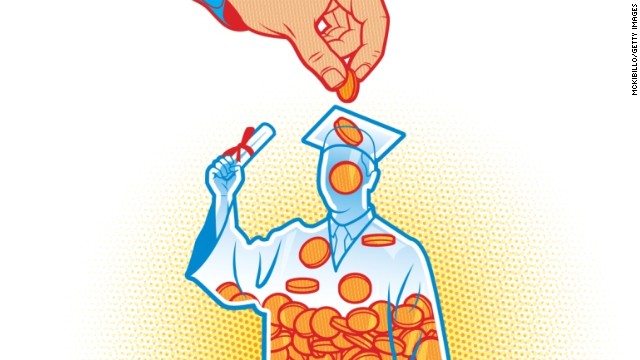Current trends in education policy: more investment, but a clear lack of long term vision

Amélie Reichmuth
Over the last years, policy makers throughout OECD countries undertook numerous reforms (over 450 in 7 years!) aiming at improving their respective education systems in order to ensure both the equity and quality of education for all students. These reforms have taken various forms going from teacher training reforms (France and Nordics) to defining national priorities for education (Japan).
More generally, what these reforms have in common is the fact that they focus on broad areas such as governance and funding (focusing on systems), school improvement and evaluation (focusing on schools), as well as the preparation of students for the future (focusing on students).
The core of the efforts so far has been concentrated around three pillars:
1. Preparing students for the future by investing in vocational education and training (VET, 29% of the reforms, see relevant reforms in Denmark, Belgium, Sweden, Hungary).
2. Improving schools by focusing on teachers and the learning environment (24% of the reforms, see Finland, Japan, France)
3. Ensuring both equity and quality by specifically targeting students from underprivileged backgrounds (16% of the reforms, see the cases of New Zealand, France, Korea, Poland).
1. Preparing students for the future by investing in vocational education and training (VET, 29% of the reforms, see relevant reforms in Denmark, Belgium, Sweden, Hungary).
2. Improving schools by focusing on teachers and the learning environment (24% of the reforms, see Finland, Japan, France)
3. Ensuring both equity and quality by specifically targeting students from underprivileged backgrounds (16% of the reforms, see the cases of New Zealand, France, Korea, Poland).
There has been less focus on evaluation and assessment (only 12% of the reforms, see Australia) as well as on funding (only 9% of the reforms, see Denmark).
In today's complex environments, the success of reforms is determined by three main factors: the general context, meaning the country’s educational culture, history, agenda and challenges; the type of policies implemented, meaning the strategies, their duration, their degree of overlap; finally evaluation plays an important role by assessing the impact of the reform(s).
Nevertheless, policy makers tend to have a short term vision aligned to their political terms and often lack clearly defined strategies to guide those involved in the reforms. Moreover, the of their reforms (only 10% of them has been reported so far!), so that it hard to see if they are having an impact at all. Furthermore, education seems to remain a highly politicized issue, which reinforces this trend.
Therefore, OECD countries do not only need to continue investing in education and reforming their system. On the contrary, they need to focus on areas that contribute to improve student outcomes; they need to define a long term visions for their education systems, use indicators to measure progress; and more importantly, they need to start evaluating their reforms and policies to access their impact. In that regard, international cooperation and in particular the exchange of good practices is more important than ever to ensure fair and sustainable education systems throughout OECD countries.
Pictures from:
http://i2.cdn.turner.com/cnnnext/dam/assets/130626231206-college-investment-story-top.jpg
http://personalsuccesstoday.com/wp-content/uploads/2014/12/longterm-shortterm.jpg


Online gambling is hidden currently receiving the attention of many players. previously playing online casinos today, it can be finished more easily than in the past. Many players still choose to operate online gambling games. To find pension Everyone has rotate ways to create money.https://918kiss2020.com/tag/hidden/
ReplyDelete